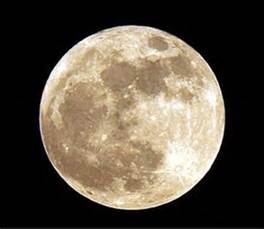Finding a way past obstacles… even 16 million miles away, proving dedication and ingenuity overcome
Interesting article by Andrew Good, Jet Propulsion Laboratory, Pasadena, Calif. andrew.c.good@jpl.nasa.gov
“Engineers working with NASA’s Curiosity Mars rover have been hard at work testing a new way for the rover to drill rocks and extract powder from them. This past weekend, that effort produced the first drilled sample on Mars in more than a year.
Curiosity tested percussive drilling this past weekend, penetrating about 2 inches (50 millimeters) into a target called “Duluth.”
NASA’s Jet Propulsion Laboratory in Pasadena, California, has been testing this drilling technique since a mechanical problem took Curiosity’s drill offline in December of 2016. This technique, called Feed Extended Drilling, keeps the drill’s bit extended out past two stabilizer posts that were originally used to steady the drill against Martian rocks. It lets Curiosity drill using the force of its robotic arm, a little more like the way a human would drill into a wall at home.
“The team used tremendous ingenuity to devise a new drilling technique and implement it on another planet,” said Curiosity Deputy Project Manager Steve Lee of JPL. “Those are two vital inches of innovation from 60 million miles…” ”
to continue reading the article >>>
https://www.nasa.gov/feature/jpl/drilling-success-curiosity-is-collecting-mars-rocks
This image was taken by Curiosity’s Mast Camera (Mastcam) on Sol 2057. Credits: NASA/JPL-Caltech/MSSS
NASA’s Curiosity rover successfully drilled a 2-inch-deep hole in a target called “Duluth” on May 20. It was the first rock sample captured by the drill since October 2016.
 What better way to satisfy your Curiosity, Adventure, Exploration than to Discover and travel the world.
What better way to satisfy your Curiosity, Adventure, Exploration than to Discover and travel the world.
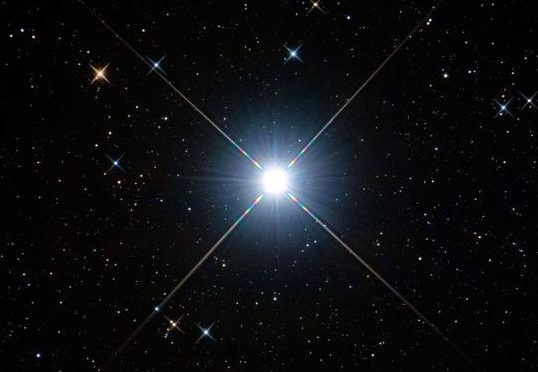


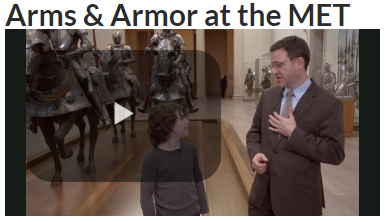
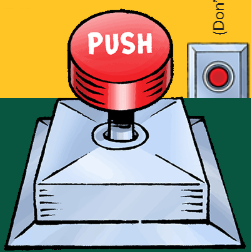
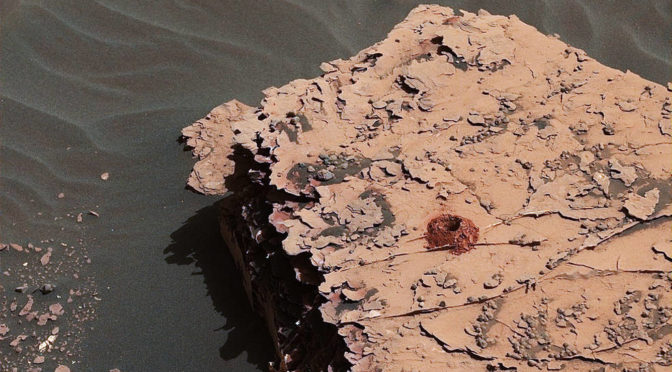
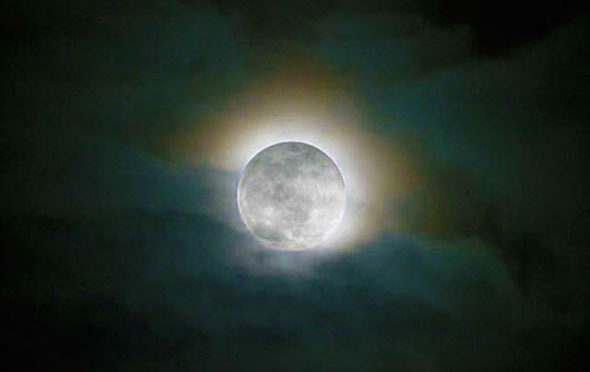
![October 20, 2016 [TONIGHT] Annual Orionid Meteor Shower](https://caediscoveryclub.com/wp-content/uploads/2016/10/orionid-radiant-from-EarthSky-org-672x372.jpg)
